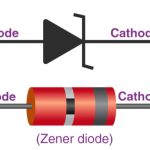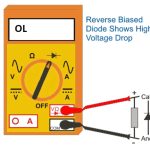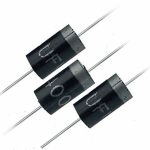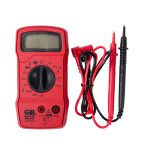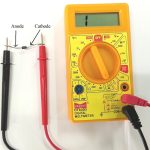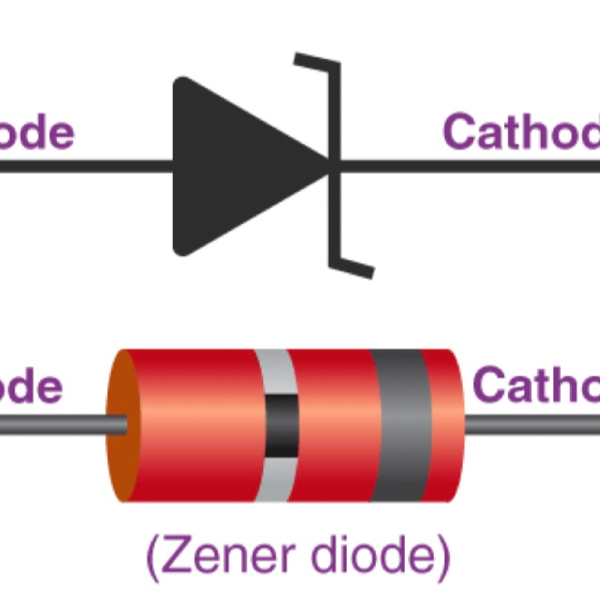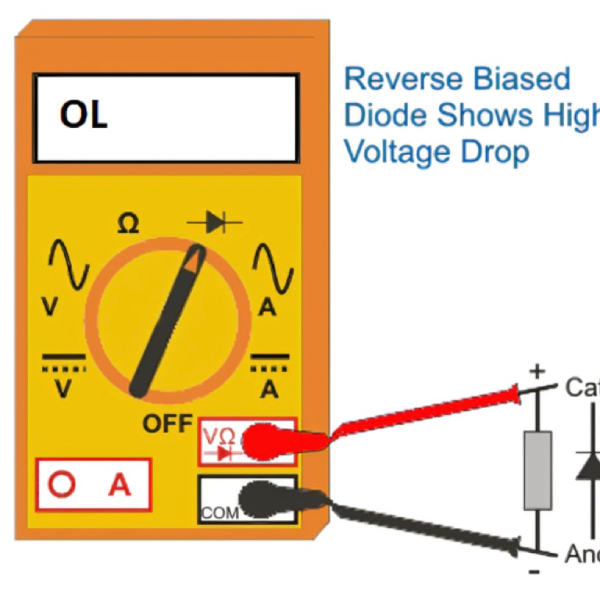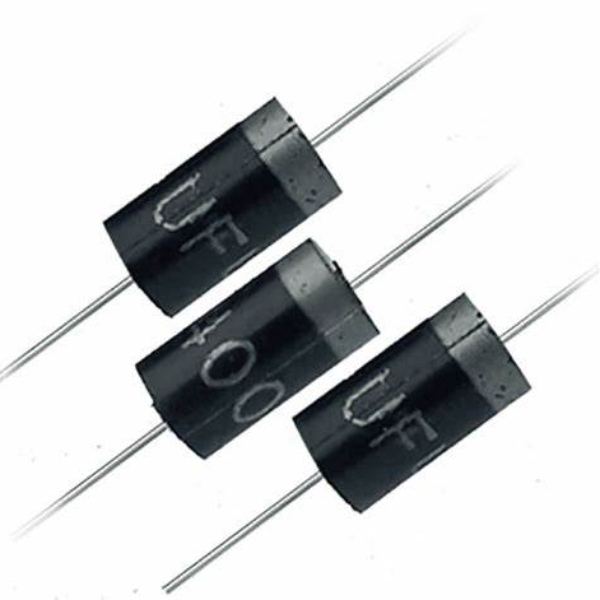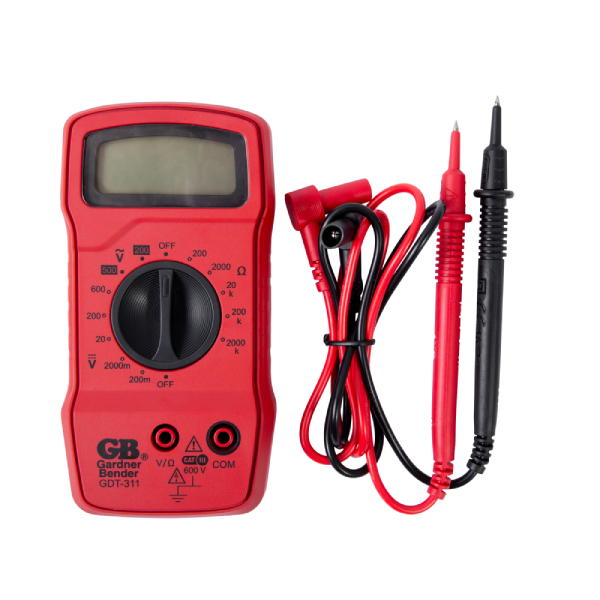 Introduction:
Introduction:
A shunt resistor is an electrical component used to measure or regulate electrical currents in various applications. From automotive systems to power distribution, shunt resistors play a vital role in accurately monitoring and controlling current flow. In this comprehensive guide, we will explore the fundamental concepts and applications of shunt resistors. By understanding their construction, function, and usage, we can appreciate the importance of shunt resistors in a wide range of electrical systems.
 Basic Definition and Purpose
Basic Definition and Purpose
Definition of a Shunt Resistor:
A shunt resistor is a low-value resistor that is connected in parallel to a device or circuit to measure or control the flow of electrical current.
It provides a known resistance value, enabling the measurement of current passing through it.
Purpose of Shunt Resistors:
Shunt resistors are primarily used for current sensing, measurement, and protection in electrical systems.
They allow for the calculation of current values, regulate excessive current flow, and prevent damage to other components.
Construction and Characteristics
Construction of Shunt Resistors:
Shunt resistors are typically made of high-quality metal alloys with low temperature coefficients and low resistance values.
They are designed to have low inductance and capacitance to minimize any potential signal distortions.
Resistance Values:
Shunt resistors are available in various resistance values, typically ranging from milliohms to a few ohms.
The resistance value used depends on the specific application and the desired level of accuracy.
Power Ratings:
Shunt resistors are rated for their power dissipation capabilities, indicating the maximum amount of power they can handle without overheating.
Power ratings range from a few milliwatts to several watts, depending on the size and construction of the shunt resistor.
 How do Shunt Resistors work?
How do Shunt Resistors work?
How do Shunt Resistors work?
Current Sensing and Measurement:
Shunt resistors are commonly used in circuit designs to measure current flow accurately.
By measuring the voltage drop across the shunt resistor, the current passing through it can be determined using Ohm’s Law.
Current Regulation and Protection:
Shunt resistors are employed in various electrical systems to regulate and control current flow.
They act as a protective measure, limiting excessive currents and preventing damage to other components.
Battery Monitoring and Management:
Shunt resistors are essential in battery management systems to monitor the charge and discharge currents of batteries accurately.
They enable the accurate measurement of current flow, ensuring efficient and safe battery performance.
Power Distribution and Energy Monitoring:
Shunt resistors are utilized in power distribution systems to monitor and measure energy consumption.
They enable accurate energy monitoring, aiding in efficiency optimization and load balancing in electrical grids.
Here are some notable disadvantages of using a shunt resistor:
Power Loss: A shunt resistor, in order to accurately measure current, needs to have a relatively low resistance value. As a result, it can cause a power loss in the circuit since it dissipates energy in the form of heat. This can lead to inefficiencies and reduced overall circuit performance.
Voltage Drop: When current flows through a shunt resistor, it creates a voltage drop across the resistor. This voltage drop can have an impact on the accuracy and voltage levels of the circuit, especially in low-voltage and sensitive applications. It may require additional measures to compensate for this voltage drop.
Thermal Considerations: The power dissipation in a shunt resistor results in the generation of heat. This can lead to an increase in temperature, especially in high current applications. It is important to consider the thermal characteristics of the shunt resistor and ensure proper heat sinking or cooling measures to prevent overheating.
Potential Measurement Errors: Shunt resistors have a resistance value that introduces some resistance into the circuit. Any additional resistance can affect the accuracy of current measurement and introduce errors. This is particularly significant when working with low current levels or in precision applications.
Sensitivity to External Influences: Shunt resistors can be sensitive to external factors such as temperature fluctuations, electromagnetic interference, or variations in ambient conditions. These external influences can affect the accuracy and stability of current measurement.
Despite these drawbacks, shunt resistors remain widely used due to their simplicity, low cost, and effectiveness in current measurement and control. To mitigate the disadvantages, proper selection of a shunt resistor with appropriate power rating, precision, and thermal characteristics, as well as careful consideration of circuit design and compensation techniques, can help overcome these limitations and ensure accurate current measurements.
 Choosing and Implementing Shunt Resistors
Choosing and Implementing Shunt Resistors
Selecting the Right Shunt Resistor:
The selection of a shunt resistor depends on various factors such as the required current measurement range, desired accuracy, and power dissipation requirements.
Careful consideration should be given to factors like resistance value, power rating, and temperature coefficient to ensure optimal performance.
Implementing Shunt Resistors:
Shunt resistors are typically connected in parallel to the load or circuit being measured.
Proper wiring techniques should be followed, taking into account the voltage drop across the shunt resistor and the associated instrumentation.
Resistors are widely used in electronic circuits for various purposes, including:
The purpose of a resistor is to limit the flow of electric current in a circuit. It acts as a passive component that opposes the flow of current and reduces the voltage passing through it. Resistors are widely used in electronic circuits for various purposes, including:
Current Limiting:
By restricting the amount of current that can flow through a circuit, resistors help protect other components from potential damage caused by excessive current. They can be used to prevent overheating, voltage spikes, or other undesirable effects.
Voltage Division:
Resistors are used in voltage dividers, which are circuits that divide the total voltage into smaller fractions. This is useful in situations where a specific voltage level is required for a particular component or circuit.
Signal Conditioning:
Resistors can help modify or manipulate electrical signals in circuits to achieve specific purposes. For example, they can be used to reduce the amplitude or modify the frequency response of a signal.
Biasing:
Resistors are often used in biasing circuits to establish a desired operating point for active devices, such as transistors or integrated circuits. They help stabilize and control the current flow or voltage levels within these devices.
Termination:
In high-frequency applications or transmission lines, resistors are used for signal termination. They help to match the impedance between the source and load, preventing signal reflections and ensuring maximum power transfer.
Pulldown or Pullup:
Resistors can be used as pullup or pulldown resistors to ensure a stable logic state in digital circuits. They help define the voltage levels when no active input signal is present.
Resistors come in various resistance values, power ratings, and tolerances to suit different circuit requirements. They are essential components in electronics, providing control, protection, and correct functioning of circuits and devices.
 Conclusion:
Conclusion:
Shunt resistors are crucial components in electrical systems, providing current sensing, measurement, and protection capabilities. By understanding their construction, characteristics, and various applications, we can appreciate the importance of shunt resistors in enabling accurate current measurement and control. When selecting and implementing shunt resistors, it is essential to consider factors such as resistance, power rating, and temperature coefficients to ensure optimal performance. The versatility and reliability of shunt resistors make them an invaluable tool in a wide range of electrical applications, contributing to more efficient, safer, and well-maintained electrical systems.
